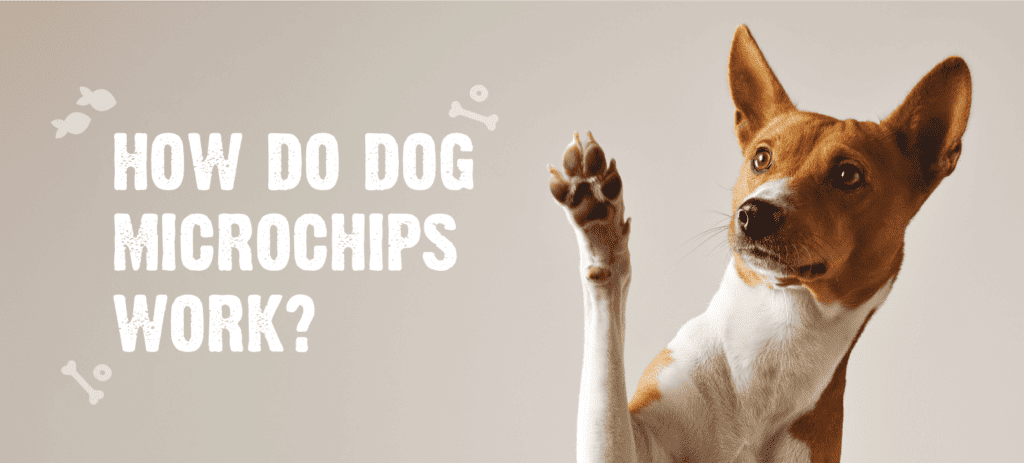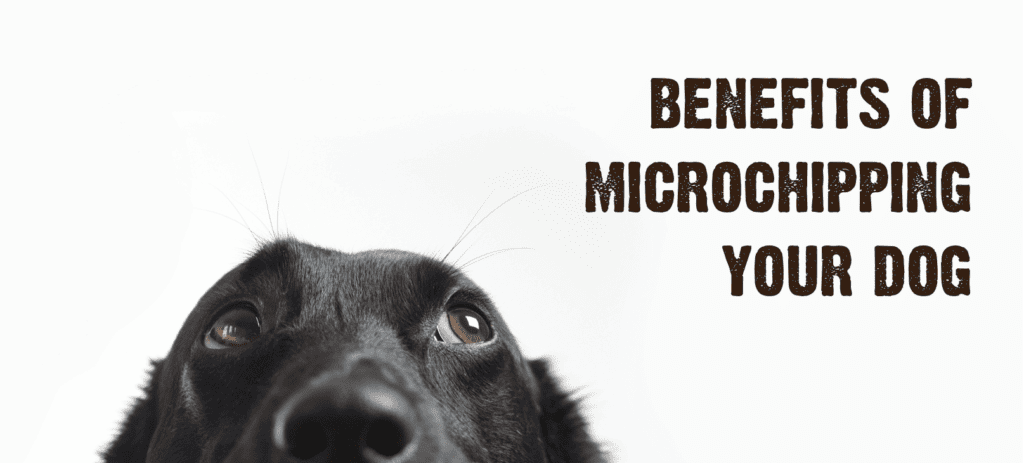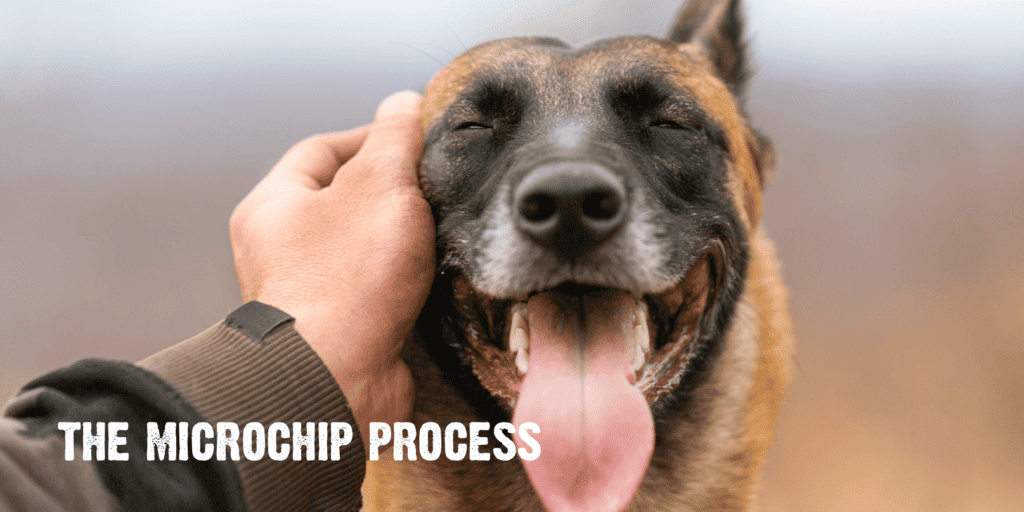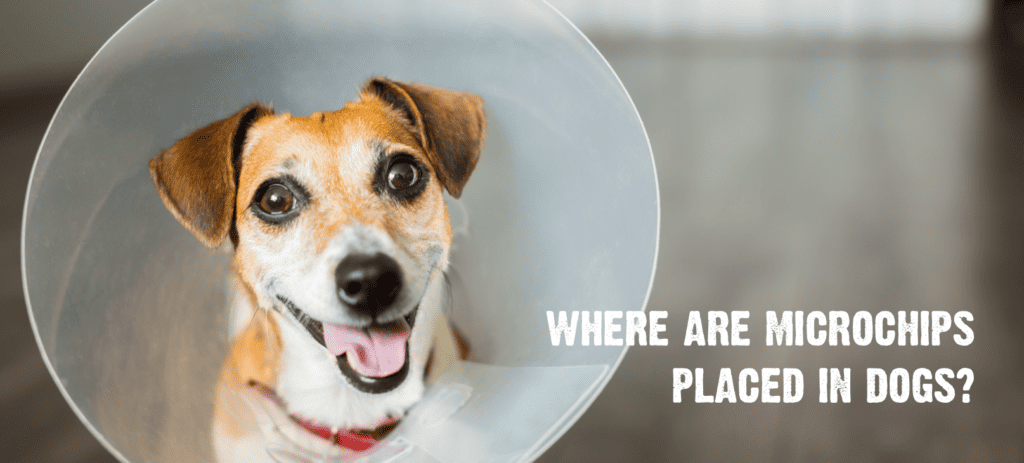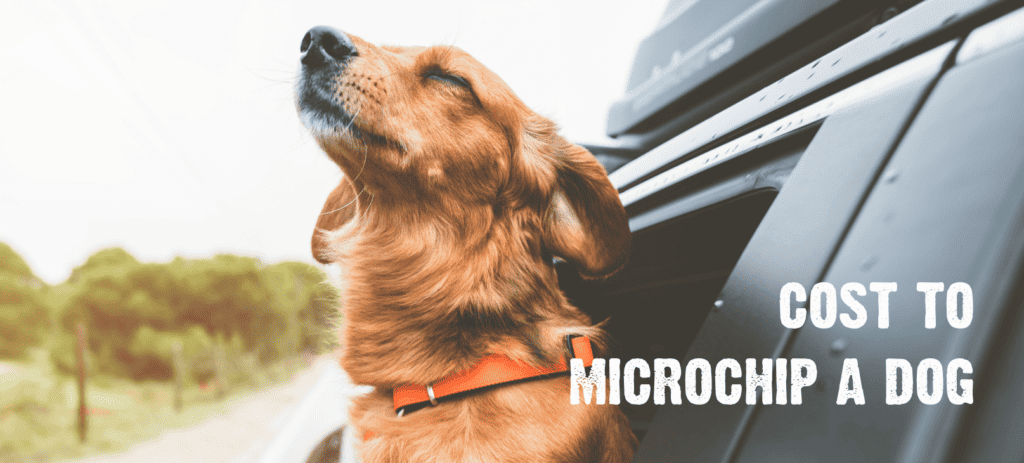As a dog owner, there's perhaps no greater sense of panic than when your canine companion goes missing. Opting for a dog microchip will allow your name and contact information to travel anywhere your dog does, and can only be accessed with a special scanner. Keep reading to learn more about the simple process, benefits and cost of microchipping and why you should microchip your dog sooner rather than later.
How Do Dog Microchips Work?
A dog microchip is only about the size of a grain of rice, but don’t let that fool you — it is an extremely valuable piece of technology. The electronic device is placed by a veterinarian just under your dog’s skin (between the shoulder blades) and digitally contains your contact information. It acts as an internal dog tag of sorts that cannot tarnish or become lost. Contrary to popular belief, a dog microchip is not used for tracking, meaning that if your dog takes off, there is no way for you to figure out where it is with the microchip alone.
The microchip is utilized when your wandering dog is brought to a shelter, veterinarian or animal control officer, who typically has access to a special scanner to check for a microchip. If there is one, the scanner will provide a number that corresponds to contact information on file in a pet recovery service database.
5 Benefits of Microchipping Your Dog
These are just a few of the top reasons to invest in a dog microchip:
- Increased likelihood that your lost dog will be reunited with you
- Peace of mind that a collar/name tag is not the only way to ID your dog
- Can prove ownership of your dog in the instance of a theft
- Process is affordable, quick and relatively painless
- Personal information is kept private but is always with your pet
The Microchip Process
It’s typically a veterinarian who will insert a microchip at their office. Sometimes local shelters or businesses offer clinics, too. Experts say the process is no more painful than a vaccination and can be done in a brief appointment. A dog microchip is installed using a long needle, requiring no surgery or anesthesia.
Where Are Microchips Placed in Dogs?
A qualified provider will usually insert a microchip between a dog’s shoulder blades, just below the skin.
Cost to Microchip A Dog
Owners have reported that a dog microchip can range in price from $25 to $60. Whenever you’re choosing a medical provider for your pet, be sure to choose a licensed and reputable professional.
Common Misconceptions About Microchipping Dogs
Many fallacies have been shared over the years regarding the dog microchip. Here are some truths behind common misconceptions:
| MISCONCEPTION | TRUTH |
| “If my dog goes missing, I can just track its microchip.” | A dog microchip has no GPS tracking abilities. It is only useful when scanned by someone who finds your dog and obtains your contact information. |
| “I have an indoor cat,” or “My dog only stays in the fenced-in yard.” | Accidents happen. If your indoor cat happens to slip out a cracked door, or your dog digs its way out of the yard, a microchip can prove useful. |
| “There’s probably a low chance that someone will actually find my dog and get it scanned.” |
The American Veterinary Medical Association studied 7,700 stray animals at shelters and revealed a 22% return rate for dogs with no microchip versus a 52% return rate for dogs who were microchipped. |
| “I got the chip installed in my pet; nothing left for me to do.” | Arguably the most important part still needs to be completed! Your dog microchip provider should give you instructions about registering your information in a database. |
FAQS
Is there a universal registration for dog microchips?
There are about a dozen pet microchip companies in existence, but there is no guarantee that they all communicate with each other. The American Animal Hospital Association (AAHA) has a dog microchip lookup that is highly regarded as a useful tool.
Where do I take my dog to get a microchip?
You should reach out to your pet’s veterinarian first about a microchip, followed by a reputable shelter or animal control officer. Those professionals will likely know about nearby resources and can provide advice.
Is there any recovery time after my dog is chipped?
Put simply, no. There should not be any recovery time needed after your pet receives a microchip. They should not experience any more discomfort than they would with a routine blood draw or vaccination.
Will I need to get the microchip replaced at any point?
Once a microchip is inserted in your dog, it will not require replacement at any point during your dog’s lifetime. The chip simply sits in your pet, inactive, until it comes into contact with a scanner.
Choosing to microchip your pet is just one way to care for them. At RAWZ, we have some other ideas, too! Check out the many benefits of our minimally processed dog food. You can order online or purchase at the nearest retailer:



